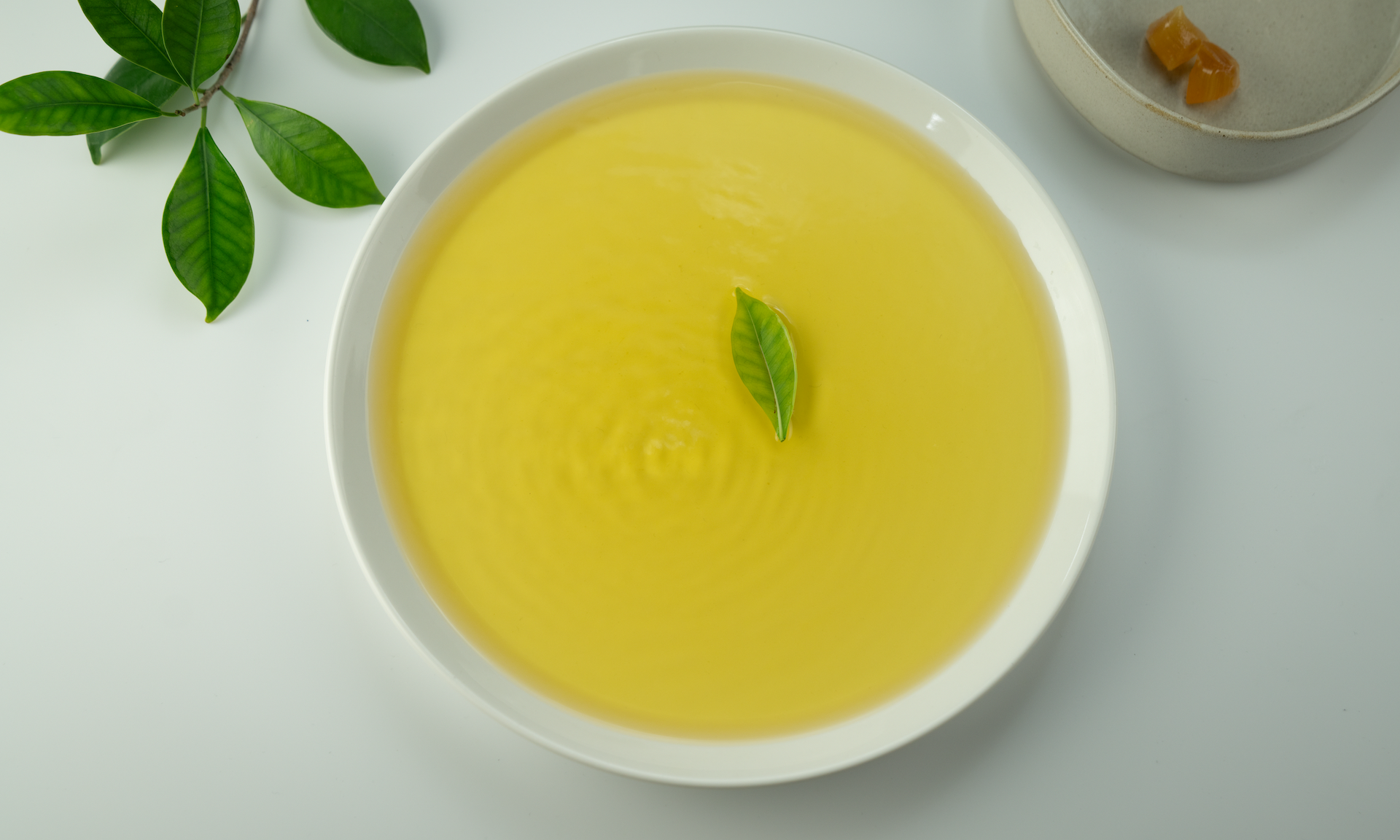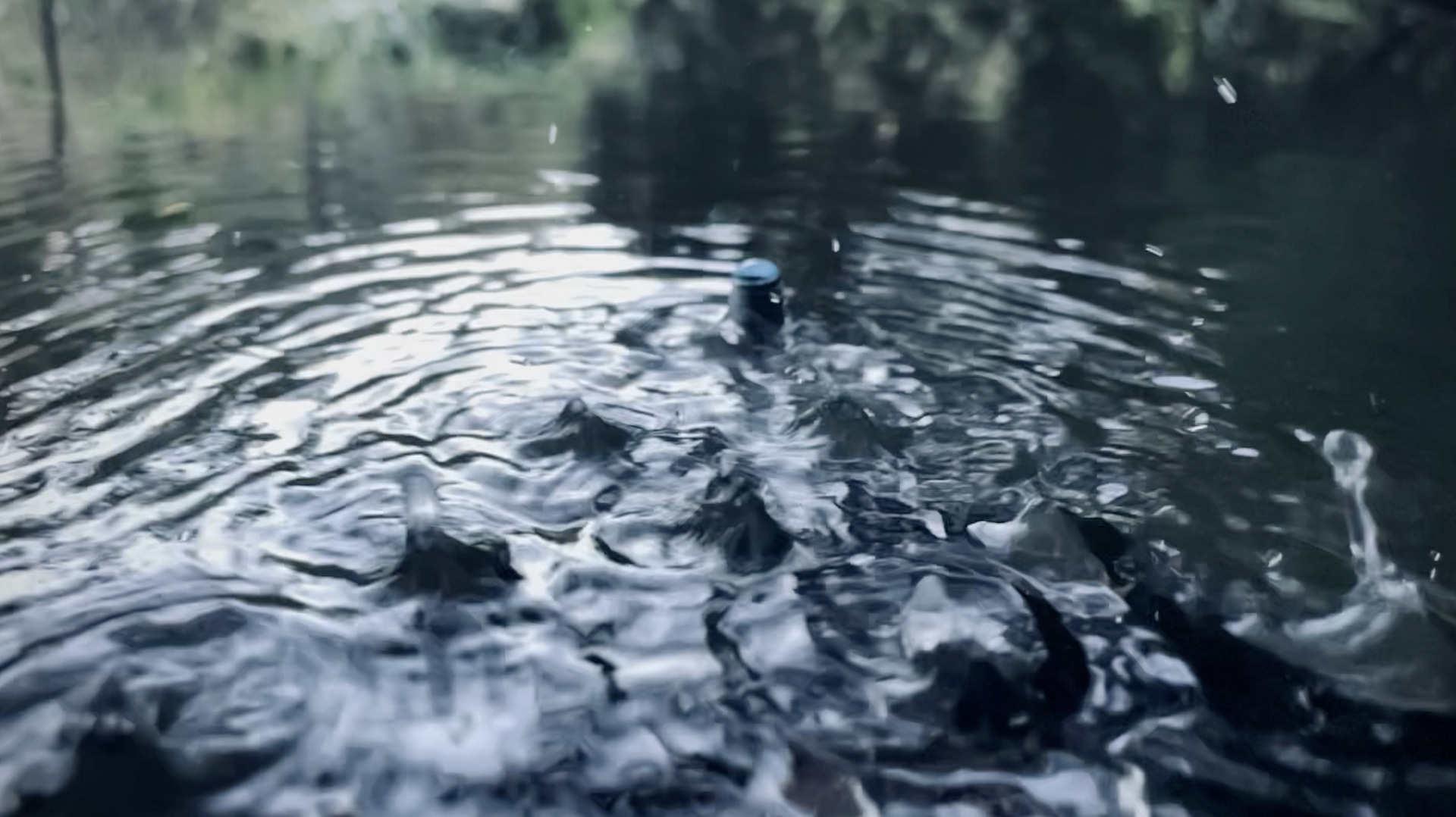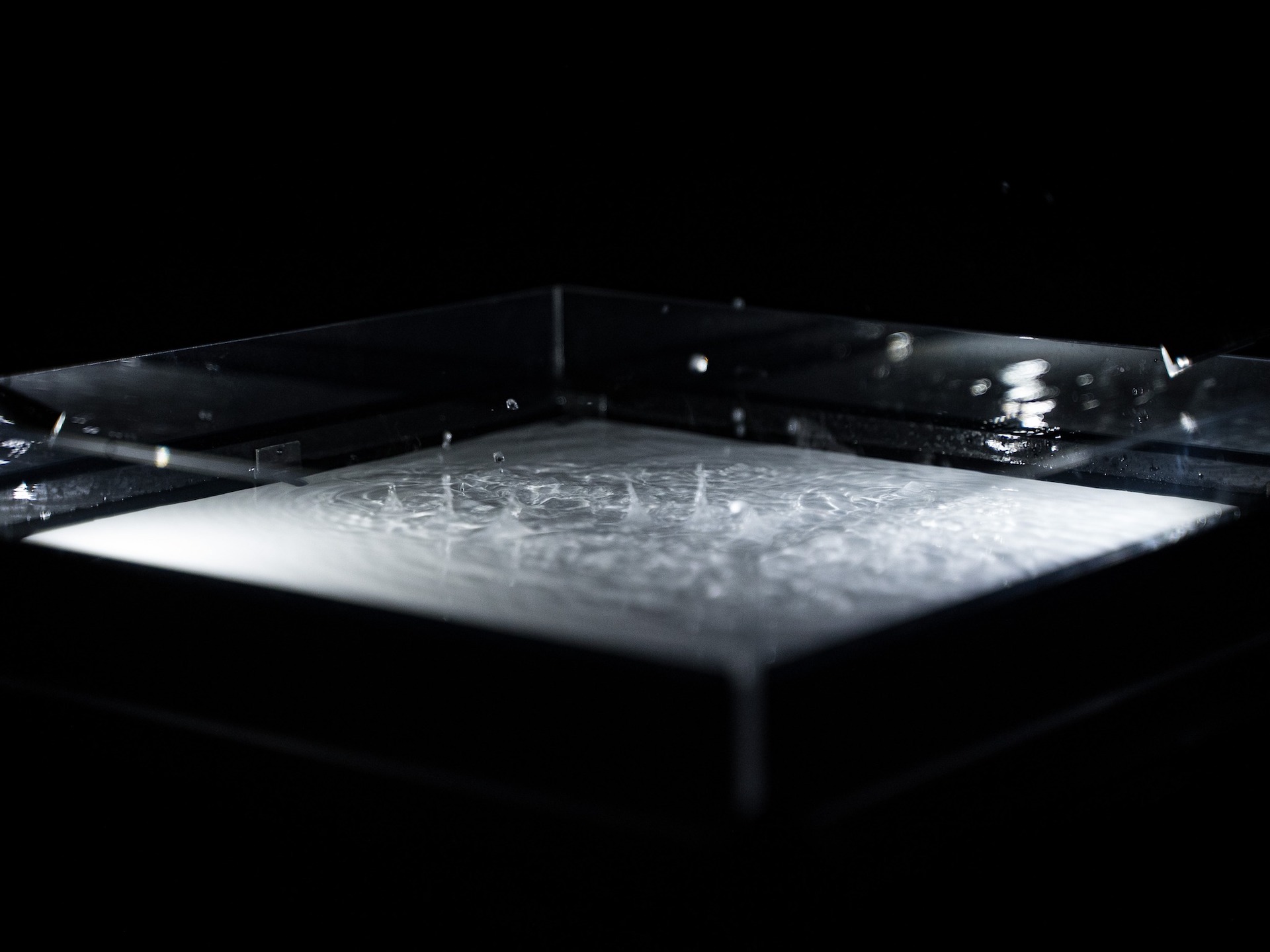The Ways of Water
(This work has been published as a full paper in Halfway to the Future 2024 )
Science fiction has long embodied our visions of possible futures through its narratives, offering both cautionary tales and optimistic visions. Examples include the reality augmented with layers of highly saturated and vibrant digital information, as shown in Keiichi Matsuda’s Merger, and sleek, minimalist interfaces seamlessly integrated into the environment, as depicted in the movie Her. What kind of interfaces do we want to encounter in the future? This question is at the forefront of the minds of HCI researchers and design practitioners.
Over the past few decades, researchers in HCI have advocated for decentralizing computation to integrate it into our daily lives and environments seamlessly. We envisioned a path toward Weiser’s vision of ubiquitous computing; however, we now find ourselves halfway to the future where interconnected devices far outnumber people, making colossal demands on our attention with constant beeps, buzzes, and blinks. Despite the proliferation of these smaller devices, this shift to peripheral computing has not fulfilled the promise of making computation disappear without distraction—a calm technology. Interaction remains confined to these representations, trapping us within the boundaries of attention-demanding systems.
In our quest to investigate the calmness of technology, we introduce the concept of “The Ways of Water: Embody, Encalm, and Enliven” – a guiding metaphor inspired by Ursula K. Le Guin’s “the way of water” essay, Astrida Neimanis’s Bodies of Water feminist post-human phenomenology, Paul Dourish’s Embodied Interaction principles, and Weiser and Brown’s Calm Technology Signs, for describing technologies that emphasis embodiment, mindfulness, and ecological awareness. We also explore the implications of this approach through the design and making of three provocations in the form of water containers. Integrating “The Ways of Water” into our design practice illustrates how technology may foster tranquility and a deeper sense of connectedness in our daily lives.
We engage with a variety of materials daily, but none are as pervasive and integral as water. From drinking and washing to swimming and fishing, our interactions with water are intrinsic and diverse. Its ubiquitous presence symbolizes purity and fluidity, making it an ideal medium for designing rich interactions. This project translates the concept of “The Ways of Water” into practice through the creation of three design artifacts in the form of a water container: a Water Tank Display, an Interactive Dish for Tea Tasting, and a Water Plant Terrarium and their corresponding narratives, that aim to provoke the embodied meaning of the water – to embody, encalm, and enliven its encounters. Water Tank Display is an ambient display that presents information about environmental conditions such as weather, time, or personal health data like water consumption through the emergence and disappearance of swelling crests on the water’s surface. In Interactive Dish for Tea Tasting, we invite users to engage in a ritual-like, multi-sensory experience through mindfulness exercises by manipulating a floating leaf while tasting tea. The Water Plant Terrarium is a miniature aquatic ecosystem equipped with a user-controlled moving water crest to agitate water to create space for the floating weeds in their habitat. Each design uses the same water manipulation technique but applies it in different contexts, bringing unique qualities of engagement.
Credits
Artists: Kuan-Ju Wu, Yasuaki Kakehi Technical and Fabrication
Support: Hiroki Kaimoto, Haruma Tasaki, Shun Kainuma, Junwei Ao, Hiroaki Takahashi, Kanon Aoyama, Takafumi Morita, Tomomi Imamura, Risa Nagata, Rei Sakura, Harpreet Sareen Video and Photography: Ziyuan Jiang Logistic Support: Hideka Hatoh
Support received from
University of Tokyo International Graduate Program of Innovation for Intelligent World
University of Tokyo Graduate School of Interdisciplinary Information Studies
NTCRI National Taiwan Craft Research and Development Institute
Ichikawa Art Festival



Date: Dec, 2023
Author: Kuan-Ju Wu, Harpreet Sareen, Yasuaki kakehi